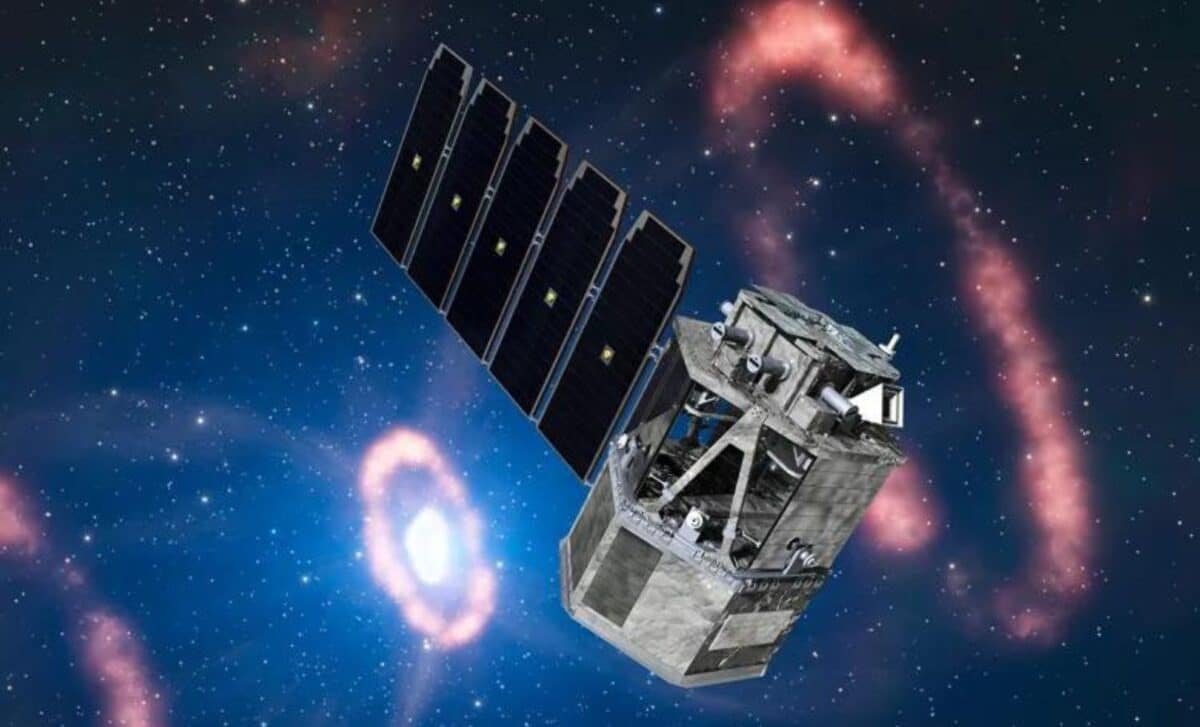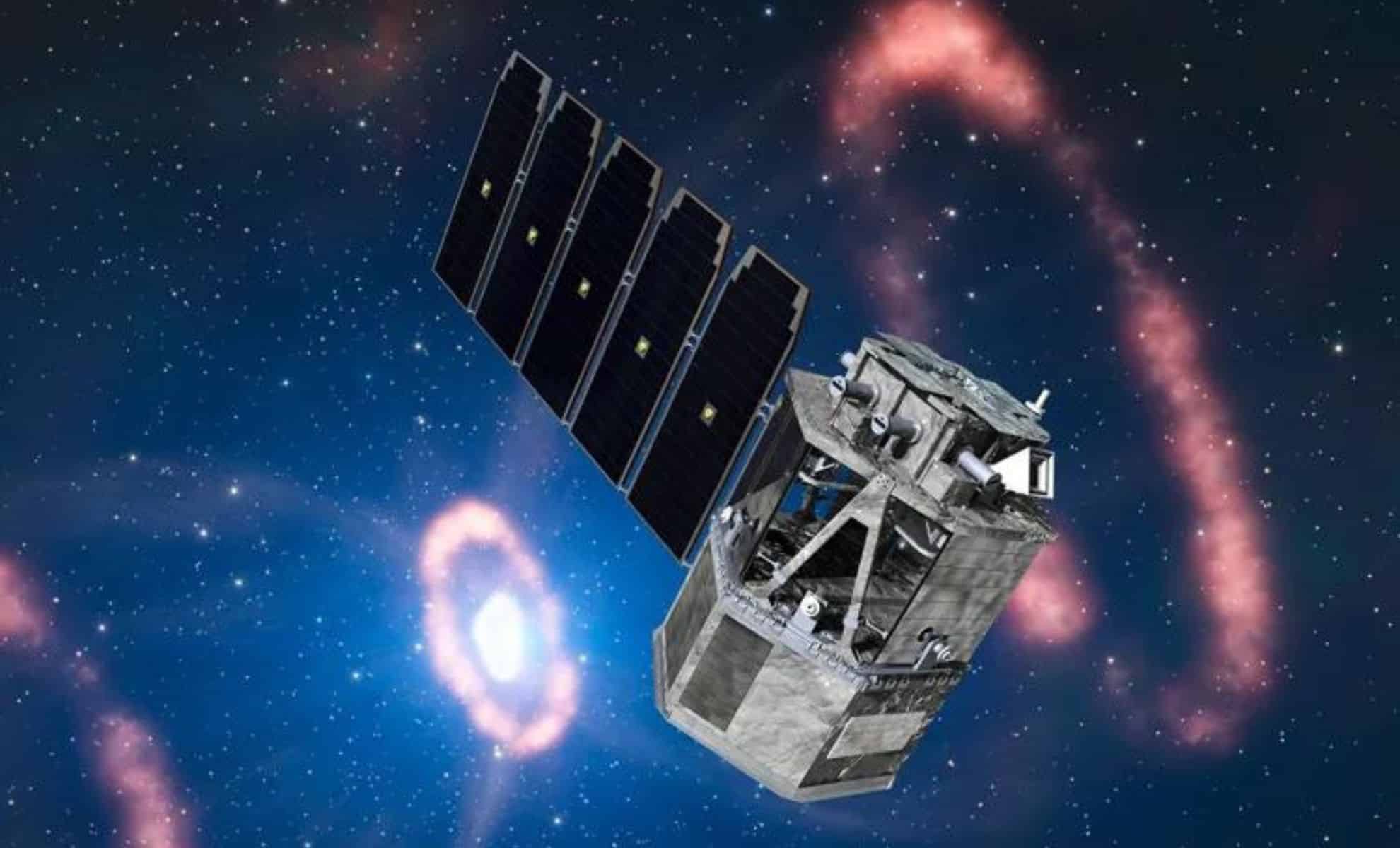NASA has awarded SpaceX a contract to launch the Compton Spectrometer and Imager (COSI), marking a significant advancement for gamma-ray astronomy. The mission is set for an August 2027 launch on a Falcon 9 rocket from Cape Canaveral Space Force Station.
NASA's Gamma-ray Mission Overview
The COSI mission, part of NASA's Small Explorer-class (SMEX) program, will study gamma-ray emissions within the Milky Way and beyond. This $69 million contract covers the launch and related activities, enabling the spacecraft to observe phenomena such as the creation and destruction of matter and antimatter, the final stages of stars, and the origins of galactic positrons.
SpaceX awarded $69 million NASA contract to launch the COSI telescope in Aug. 2027:
COSI (Compton Spectrometer and Imager) is a wide-field gamma-ray telescope. https://t.co/EBV602sfIq pic.twitter.com/3abUrZtZxl
— Michael Sheetz (@thesheetztweetz) July 2, 2024
Scientific Objectives
The primary goal of the COSI mission is to investigate the sources of positrons in the Milky Way. Positrons, the antimatter counterparts of electrons, are produced in high-energy environments such as supernovae and black holes. By detecting and analyzing the gamma rays emitted when positrons annihilate with electrons, COSI aims to pinpoint the origins and distribution of these particles within our galaxy, offering insights into cosmic processes that generate antimatter.
Another key objective is to uncover nucleosynthesis sites within the galaxy. Nucleosynthesis is the process by which new atomic nuclei are formed, typically occurring in the intense environments of supernovae and the outer layers of massive stars. By studying gamma-ray emissions from radioactive isotopes produced in these events, COSI will provide valuable data on where and how the elements that make up the universe are created.
COSI will also perform gamma-ray polarization studies to understand the mechanisms behind high-energy astrophysical phenomena. Gamma-ray polarization can reveal information about the magnetic fields and physical conditions in the regions where gamma rays are produced. This will help scientists understand processes such as particle acceleration in supernova remnants and the jets of active galactic nuclei.
Additionally, COSI aims to identify counterparts to multi-messenger sources. Multi-messenger astronomy involves observing cosmic events through different types of signals, such as gravitational waves and neutrinos, in addition to electromagnetic radiation like gamma rays. By correlating gamma-ray data with other signals, COSI will help uncover the full picture of events like neutron star mergers and black hole collisions, enhancing our understanding of the most energetic processes in the universe.
Collaboration and Development
The COSI mission is a collaborative effort involving several institutions. The University of California, Berkeley's Space Sciences Laboratory leads the project, leveraging its extensive experience in gamma-ray instrumentation and astrophysics research.
The University of California, San Diego, and the Naval Research Laboratory contribute additional expertise in space science and engineering, while NASA’s Goddard Space Flight Center provides critical support for mission planning and operations. Northrop Grumman, a key industry partner, supports various technical and logistical aspects of the project, ensuring the mission's success.
NASA's Astrophysics Explorers Program at Goddard Space Flight Center oversees the mission development, coordinating efforts across the various institutions involved. NASA’s Launch Services Program at the Kennedy Space Center manages the launch services, ensuring that the COSI spacecraft will be successfully delivered to its intended orbit.
Budget Considerations and Delays
Initially selected in 2021, COSI’s development faced delays due to budget constraints, pushing its launch from 2025 to 2027. These budgetary challenges have also affected other missions within NASA's Explorer-class, such as the Ultraviolet Explorer (UVEX), whose launch has been postponed from 2028 to 2030. NASA's decision to slow down the Phase B design work for COSI was aimed at reducing near-term costs, but it ultimately increased the overall cost of the mission due to the extended timeline.
Despite these financial hurdles, NASA managed to reduce costs for COSI’s launch, reflecting savings in its fiscal year 2025 budget. This budget efficiency stems from a reduced launch vehicle estimate, contributing to an overall decrease in lifecycle costs. These savings are critical in allowing NASA to maintain a balance between large and small missions, ensuring a steady cadence of scientific exploration.




